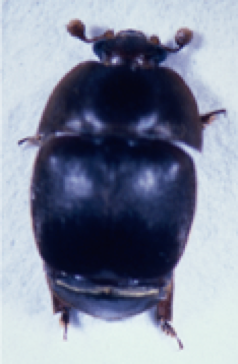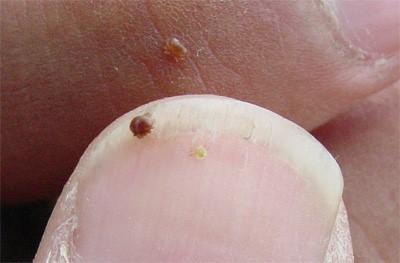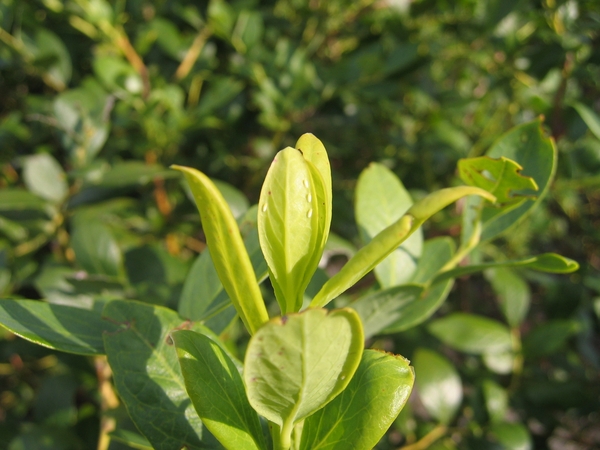
Adverse Weather Closure, January 21, 2022
NC State University has declared a Condition 2 adverse weather status through noon on Sunday, January 23rd, 2022. As …



El inglés es el idioma de control de esta página. En la medida en que haya algún conflicto entre la traducción al inglés y la traducción, el inglés prevalece.
Al hacer clic en el enlace de traducción se activa un servicio de traducción gratuito para convertir la página al español. Al igual que con cualquier traducción por Internet, la conversión no es sensible al contexto y puede que no traduzca el texto en su significado original. NC State Extension no garantiza la exactitud del texto traducido. Por favor, tenga en cuenta que algunas aplicaciones y/o servicios pueden no funcionar como se espera cuando se traducen.
Inglês é o idioma de controle desta página. Na medida que haja algum conflito entre o texto original em Inglês e a tradução, o Inglês prevalece.
Ao clicar no link de tradução, um serviço gratuito de tradução será ativado para converter a página para o Português. Como em qualquer tradução pela internet, a conversão não é sensivel ao contexto e pode não ocorrer a tradução para o significado orginal. O serviço de Extensão da Carolina do Norte (NC State Extension) não garante a exatidão do texto traduzido. Por favor, observe que algumas funções ou serviços podem não funcionar como esperado após a tradução.
English is the controlling language of this page. To the extent there is any conflict between the English text and the translation, English controls.
Clicking on the translation link activates a free translation service to convert the page to Spanish. As with any Internet translation, the conversion is not context-sensitive and may not translate the text to its original meaning. NC State Extension does not guarantee the accuracy of the translated text. Please note that some applications and/or services may not function as expected when translated.
Collapse ▲
NC State University has declared a Condition 2 adverse weather status through noon on Sunday, January 23rd, 2022. As …

The NC State University Plant Disease and Insect Clinic will be closed from Friday, December 24, 2021, through Sunday, …

UPDATE: Registration for the course is closed The Plant Disease and Insect Clinic (PDIC) and collaborators are happy to announce …

In recent weeks we’ve been getting a lot of messages regarding large wasps coming to porch lights. In all …

As we near early August, cotton growers should be shifting their focus from early-season insects to late-season pests that …

The NC State Plant Disease and Insect Clinic is happy to announce the arrival of our newest lab member, …
Although we were spared much of the brunt of Tropical Storm Elsa, parts of North Carolina were still pummeled …

We are excited to announce the NC State Plant Disease and Insect Clinic (PDIC) will be returning to normal …

Recent heavy rains across the state have resulted in invasions of yards and homes by what some might call …

Box tree moth, Cydalima perspectalis, is native to Asia. It was introduced into Europe in 2007 and quickly spread …

Calico scale, Eulecanium cerasorum, was accidentally introduced to California from Asia in the 1920s. It has now become established …

Springtime for beekeepers is synonymous with starting new colonies, especially since annual losses have been hovering ~40% every year so …

Last year, there was a lot of media buzz (no pun intended) surrounding the introduction of Asian giant hornets …

PLEASE NOTE: NC State University and local agencies (e.g. NCDA&CS) are not currently tracking species that are already known to exist …

This is an updated version of an older post from 2017. Apparently COVID isn’t stopping some insects from traveling and …
Soybean rust was found and confirmed on soybeans in Hyde County, NC. Soybean rust has the potential to cause …
The 72nd Annual Crop Protection School will be held Wednesday, December 2, 2020, online via Zoom. RSVP is required, …

9/16/2020 – (Reviewed 8/28/2024) The short answer is “no.” You cannot legally grow currants or gooseberries in North Carolina. …

Although stink bugs were light across the state (with a few exceptions) in corn and cotton, it looks like …

In the midst of the COVID-19 pandemic, it is reasonable to try and make fewer trips to the supermarket …

This factsheet describes the small hive beetle, its life cycle and how to prevent infestations …


It is the goal of every beekeeper to maintain healthy, productive colonies. This can only …

This manual prepares pesticide applicators for Forest Pest Control Certification exams in the following states: …
To apply restricted-use pesticides to agricultural commodities, you must be certified or be supervised by …

This factsheet offers information on the biology and management of the emerald ash borer, an …

Black root rot impacts a range of woody and herbaceous ornamental plant species primarily in …

Whiteflies (Hemiptera: Aleyrodidae) are small (< 0.12 inch) and highly diverse insects that feed on …